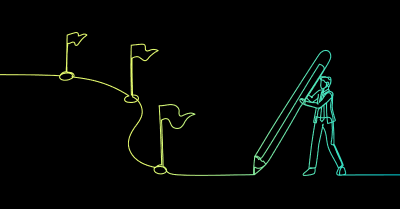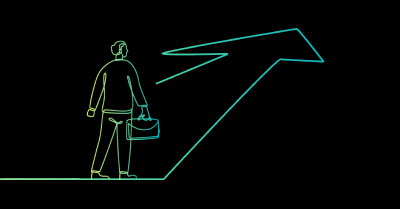Parents and teachers have long known and appreciated the value of “games” as learning and motivational tools. For children, games can teach social interaction, healthy competition, and reinforce the basics of counting, spelling, and life in general. For adults, games can be a relaxing and spirited way to bond with others and solidify friendships. And it all happens through fun. Yet games seem to be an almost forbidden concept in the business world, despite the potential for accomplishing everything already mentioned and more.
At the June 2014 Innovation Advisory Council (IAC) hosted by ReSource Pro, attendees learned how “gamification” can create mutual synergy between employees and clients, a motivational tool to achieve targeted goals, and a means to create higher levels of engagement.
Sound like a “magic” bullet. Not according to Molly Kittle, one of the top 10 women in Gamification, and the leader of a day long workshop at the IAC event. From the theory and tools behind Gamification to actual shared experiences, Molly led the group into an eye-opening journey that challenged everyone to rethink the art and science of motivation through Gamification.
What is Gamification?
According to Molly, Gamification is integrating game mechanics and dynamics into your digital experience to increase engagement, participation and retention – and many of us are already engaged in the process:
• Do you have a fitbit? Fitbit users earn badges the more steps they take and stairs they climb.
• Do you check-in on Foursquare? Users earn badges on foursquare depending on the types of establishments they visit. You can be dubbed a gym rat, Wino, JetSetter or Hot Tamale to name a few.
• Do you have a Starbucks rewards card? Users earn stars with every purchase and the more stars you get the higher level of rewards you earn including free drinks.
Everyone Likes Fun!
Games are fun. Game theory can make desired behavior of your employees or clients fun. This is why Gamification matters! Imagine being able to get your producers to submit complete applications all the time. Imagine motivating your clients to give complete information on their own without following up for missing information.
Participants in the IAC event echoed their interest and mentioned ways that they could use Gamification in their own insurance operations:
• The most frequent comment centered on the value that gamification could provide in better interaction and engagement of a younger workforce, providing a generational bridge and a unique way to teach insurance operations, engage, and motivate.
• Others commented that Gamification techniques could improve the onboarding process for new clients and employees.
• Utilization as a change management tool was a also a commonly heard comment.
• Some saw Gamification as a platform that could drive organic growth with their clients and build better and stronger relationships for improved retention and loyalty.
• Others mentioned that Gamification would be an excellent way to tap into the competitive nature of team members, a way to reinvigorate the energy of the workplace, and a unique manner to improve their corporate cultures.
What makes a Gamification program successful?
Gamification focuses on the science behind motivating people. A successful program motivates people to desired activities that overall results in a desired behavior. You can use Gamification as a framework to keep challenging your people to do their best.
A successful Gamification program:
- Is aligned to your goals. If the game misses your target, rethink and redesign!
- Keeps people interested by making the game unbeatable! Allow people to progress by becoming experts or gaining high ranking titles. Add challenges and quests to keep people interested and excited.
- Focuses on activities rather than outcomes to achieve results.Define what your desired outcomes are and then drill down to motivate the necessary activities that are necessary to achieve the outcome.
- Uses carrots not sticks to reach goals. Reward people for doing what you want, those who don’t do what you want will simply miss out.
Click here to see the slide deck shared at the event.
Click here to learn more about Molly, Gamification and Bunchball.


